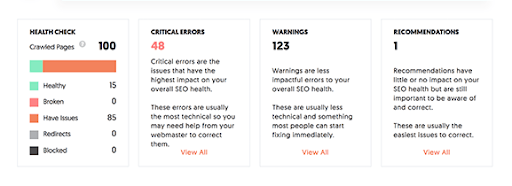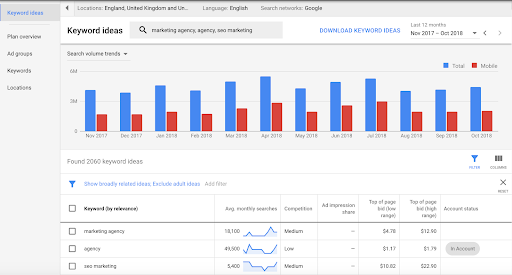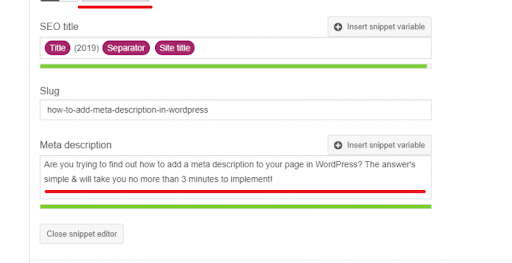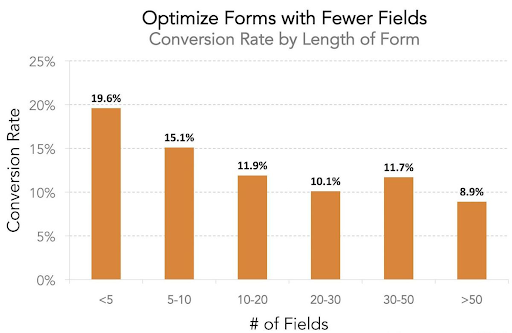Keep Creating New Content
Writing for the web isn’t ever a one-and-done situation. Not only does new and interesting content have the benefit of drawing new customers to your site, but it’s also rewarded by search engines.
Make sure you’re regularly updating your site. A blog can be an excellent way to incorporate new content if you’re happy with the information on the rest of your site. Do try to keep the information as up-to-date as possible, though. Remember that relevant content is king in SEO.
The great tactic is to update the content that is already bringing you traffic. Thus, take time to revise your best-performing pieces regularly. Add new more relevant keywords, change subtitles if needed, get rid of the outdated tips and data, and replace them with fresh and relevant information.
Focus on Maintaining and Upgrading Your Site
While focusing on the content of your site is excellent for SEO, you also need to ensure that the backend is working smoothly.
That means making sure your site loads quickly; even if you have to delay picture loading to ensure that content doesn’t take an age to appear. Just as you should run regular speed tests for your VoIP system, you should be running regular tests to ensure your site is optimized for users. Aim to keep your website loading speed under two seconds, and you’ll be able to to improve your bounce rate alongside search rankings.
Keep an eye out as well for coding glitches and broken or misdirected links. The latter is crucial on the stage where you combine SEO and affiliate marketing, as broken links may lead to loss of revenue for advertisers and decreased commissions for affiliates. To spot them, employ one of the free link checkers available on the Internet.
Put Effort Into Obtaining Backlinks
Backlinks are a key part of any SEO technique. Essentially, they’re links from other authoritative sites that let search engines know that your site’s content is worth reading.
When you’re working with backlinks, you need to ensure that the sources you’re being linked to are reputable, so as not to damage your SEO. A high-quality affiliate site can help with your link building goals, and you can take advantage of guest posts to point back to your site.
To make sure the sources are reputable, you may use one of the free checkers available on the Internet. The general rule of thumb to choose the domain is the higher the authority, the better results you get. However, you should take in consideration the average domain authority scores in your niche.
Internal links also work to some extent, though you will need some good external links to position your site as an authority in your niche, whether you’re a small business or a full-time blogger yourself.
Crucially, links from social media don’t count towards building your domain authority. Although the platforms themselves are large and knowledgeable, their users — the general public — have no authority to recommend you.
On the other hand, influencers with their own sites likely do count for a lot, which is why influencer marketing can be so beneficial to a good SEO strategy.
Optimize your website for conversions
If you’re not achieving conversions, then it won’t matter how great your product, how successful your affiliate program, or how much traffic you’re getting. For the most effective results with using SEO for affiliate marketing, it’s important to optimize your website for conversion.
Combining SEO affiliate marketing with a good ecommerce conversion rate, for example, will mean that people are directed from Google to your site, then onwards towards a sale.
To improve the conversion rate of your website or landing page, consider following these tips:
- Use strong and prominent calls to action that direct the visitor to the next step
- Put effort into creating headlines and subtitles, and write informative product descriptions that include your keywords
- Add attention-grabbing relevant visuals – static images, videos, or GIFs
- Remove the website elements that distract viewers from your offer
- Add extra value, such as promo codes or coupons
A good strategy is to reproach forms if you have them on your website. Try to keep the number of fields as minimal as possible, as long forms intimidate users.



















